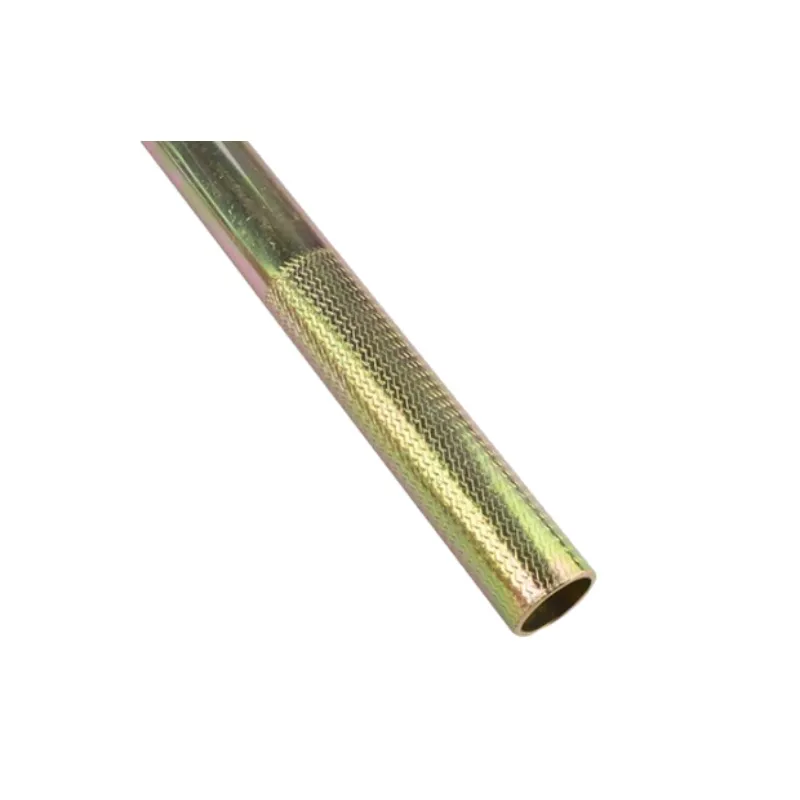
-
 Afrikaans
Afrikaans -
 Albanian
Albanian -
 Amharic
Amharic -
 Arabic
Arabic -
 Armenian
Armenian -
 Azerbaijani
Azerbaijani -
 Basque
Basque -
 Belarusian
Belarusian -
 Bengali
Bengali -
 Bosnian
Bosnian -
 Bulgarian
Bulgarian -
 Catalan
Catalan -
 Cebuano
Cebuano -
 Corsican
Corsican -
 Croatian
Croatian -
 Czech
Czech -
 Danish
Danish -
 Dutch
Dutch -
 English
English -
 Esperanto
Esperanto -
 Estonian
Estonian -
 Finnish
Finnish -
 French
French -
 Frisian
Frisian -
 Galician
Galician -
 Georgian
Georgian -
 German
German -
 Greek
Greek -
 Gujarati
Gujarati -
 Haitian Creole
Haitian Creole -
 hausa
hausa -
 hawaiian
hawaiian -
 Hebrew
Hebrew -
 Hindi
Hindi -
 Miao
Miao -
 Hungarian
Hungarian -
 Icelandic
Icelandic -
 igbo
igbo -
 Indonesian
Indonesian -
 irish
irish -
 Italian
Italian -
 Japanese
Japanese -
 Javanese
Javanese -
 Kannada
Kannada -
 kazakh
kazakh -
 Khmer
Khmer -
 Rwandese
Rwandese -
 Korean
Korean -
 Kurdish
Kurdish -
 Kyrgyz
Kyrgyz -
 Lao
Lao -
 Latin
Latin -
 Latvian
Latvian -
 Lithuanian
Lithuanian -
 Luxembourgish
Luxembourgish -
 Macedonian
Macedonian -
 Malgashi
Malgashi -
 Malay
Malay -
 Malayalam
Malayalam -
 Maltese
Maltese -
 Maori
Maori -
 Marathi
Marathi -
 Mongolian
Mongolian -
 Myanmar
Myanmar -
 Nepali
Nepali -
 Norwegian
Norwegian -
 Norwegian
Norwegian -
 Occitan
Occitan -
 Pashto
Pashto -
 Persian
Persian -
 Polish
Polish -
 Portuguese
Portuguese -
 Punjabi
Punjabi -
 Romanian
Romanian -
 Russian
Russian -
 Samoan
Samoan -
 Scottish Gaelic
Scottish Gaelic -
 Serbian
Serbian -
 Sesotho
Sesotho -
 Shona
Shona -
 Sindhi
Sindhi -
 Sinhala
Sinhala -
 Slovak
Slovak -
 Slovenian
Slovenian -
 Somali
Somali -
 Spanish
Spanish -
 Sundanese
Sundanese -
 Swahili
Swahili -
 Swedish
Swedish -
 Tagalog
Tagalog -
 Tajik
Tajik -
 Tamil
Tamil -
 Tatar
Tatar -
 Telugu
Telugu -
 Thai
Thai -
 Turkish
Turkish -
 Turkmen
Turkmen -
 Ukrainian
Ukrainian -
 Urdu
Urdu -
 Uighur
Uighur -
 Uzbek
Uzbek -
 Vietnamese
Vietnamese -
 Welsh
Welsh -
 Bantu
Bantu -
 Yiddish
Yiddish -
 Yoruba
Yoruba -
 Zulu
Zulu


Aug . 13, 2024 05:14 Back to list
Innovative Solutions for Secure Power Line Connections Using Advanced Clamp Technology
Understanding Power Line Clamps An Essential Tool for Electrical Safety
In the world of electrical engineering and maintenance, power line clamps are vital tools that play a crucial role in ensuring safety and efficiency. These devices are specifically designed to enhance the monitoring and management of electrical systems, providing reliable solutions for a variety of applications. This article delves into the significance, types, and applications of power line clamps, emphasizing their importance in the field of electrical work.
What Are Power Line Clamps?
Power line clamps, often referred to as current clamps or electrical clamps, are devices used to measure the current flowing through a conductor without needing to disconnect or interrupt the circuit. These clamps are typically equipped with a sensor that can detect electromagnetic fields generated by the current flow. By clamping around the conductor, the device can accurately gauge the current, offering real-time data essential for diagnostics, troubleshooting, and maintenance.
Types of Power Line Clamps
There are several types of power line clamps available on the market, each tailored for specific applications
1. AC Clamps These clamps are designed to measure alternating current (AC). They are equipped with features that allow for precise readings of household and industrial electrical systems.
2. DC Clamps In contrast to AC clamps, DC clamps are specifically engineered for direct current (DC) measurements. They are commonly used in solar energy systems and battery-operated devices.
3. Digital Clamps Modern power line clamps often come with digital displays that provide easy-to-read measurements. Some advanced models also offer Bluetooth connectivity, allowing users to monitor readings from a mobile device.
power line clamps

4. Rogowski Coils These are specialized current sensors that can measure AC currents without the constraints of traditional clamps. They provide a high level of accuracy and are especially useful in high-voltage applications.
Applications of Power Line Clamps
Power line clamps are versatile tools with numerous applications across various industries
- Electrical Maintenance Electricians use clamps to diagnose issues within circuits. By measuring current flow, they can identify faulty equipment or wiring problems without needing to disrupt the system.
- Energy Audits Utility companies often utilize power line clamps to conduct energy audits. These audits help determine the efficiency of electrical systems and identify areas for improvement.
- Renewable Energy Systems In solar power installations, power line clamps are essential for monitoring the performance of solar inverters and checking the current output of solar panels.
- Research and Development Engineers and researchers employ power line clamps to study electrical phenomena and develop new technologies in renewable energy and electrical systems.
Conclusion
Power line clamps are indispensable tools in the realm of electrical engineering. By providing a safe and efficient means of measuring current in live circuits, they enhance the safety and effectiveness of electrical work. Whether used in maintenance, energy audits, or research, these devices contribute significantly to improving electrical system reliability and performance. As technology advances, the role of power line clamps will likely expand, further solidifying their importance in ensuring the safety and efficiency of electrical systems in our increasingly electrified world. The adoption of these tools not only mitigates risks but also paves the way for innovations in energy management and sustainability, making them a critical element of modern electrical work.
Latest news
What is Construction Tools? Your Guide to Essential Building Tools.
NewsAug.31,2025
Durable Cable Pulling Swivel - Anti-Twist for Smooth Pulls
NewsAug.30,2025
Essential Tools for Building Construction: Your Guide to Top Equipment
NewsAug.29,2025
Measuring Wheel Tools Explained
NewsAug.28,2025
Essential for Cable Installation: Advantages of the Easy Buddy Conduit Guide
NewsAug.28,2025
Essential Construction Power Tools for Every Builder
NewsAug.28,2025








